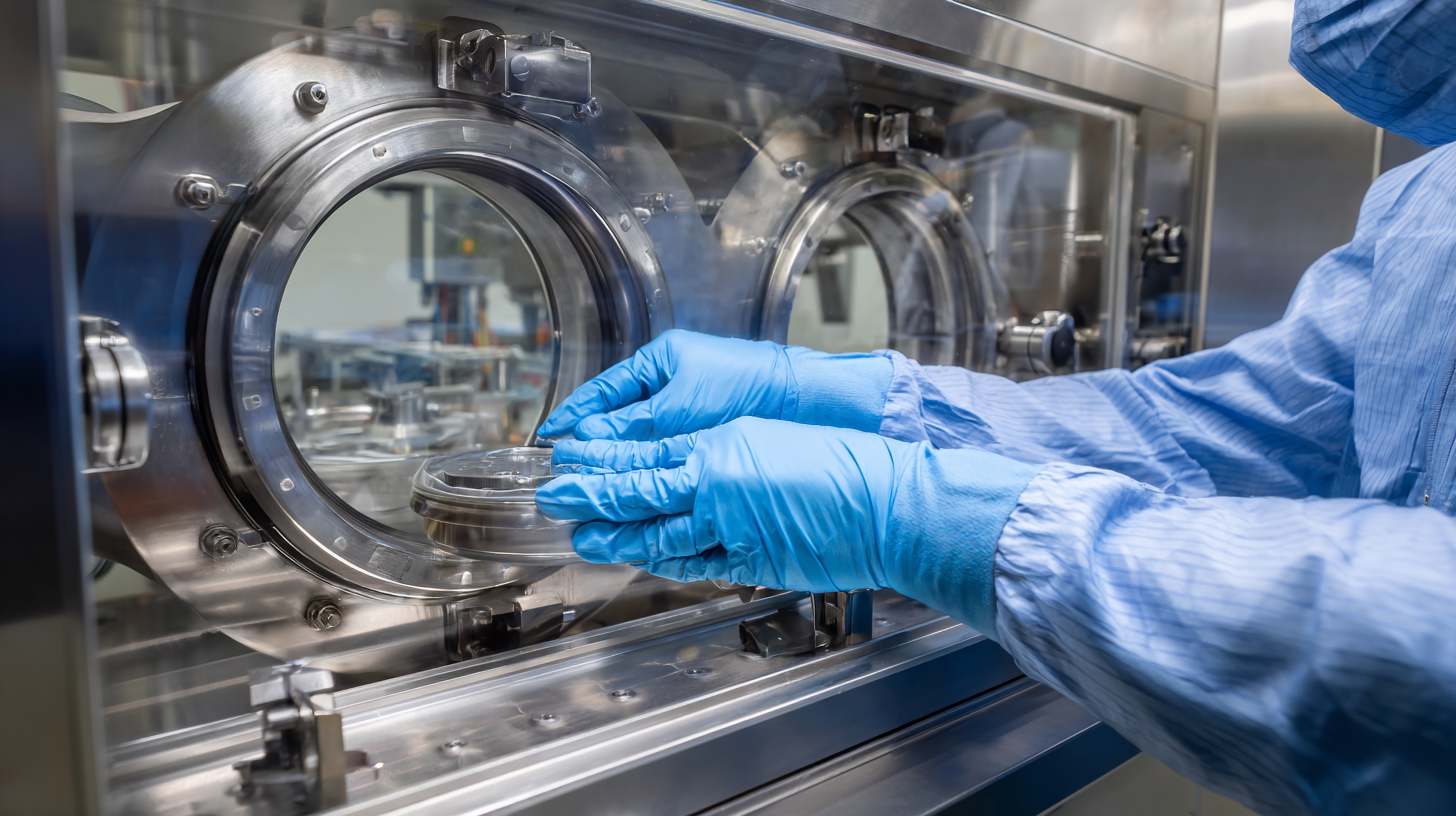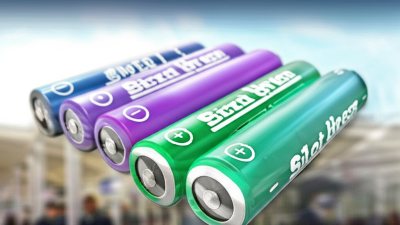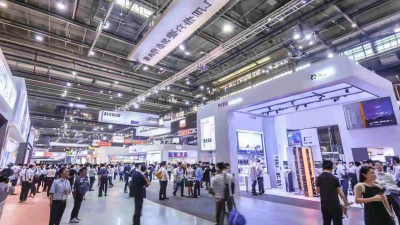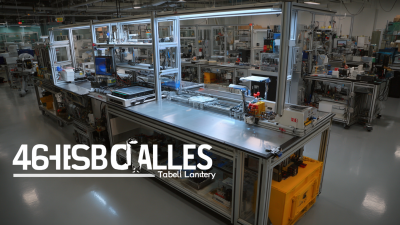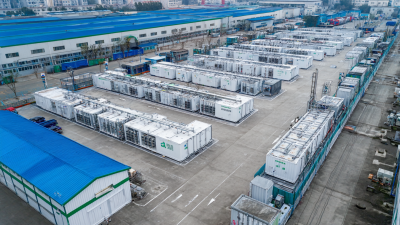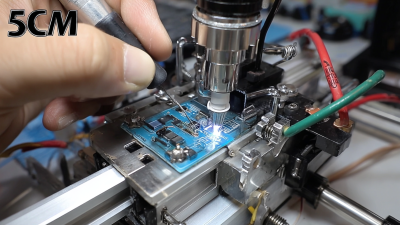Leave Your Message
In the realm of innovative research applications, the utilization of Single-Station Series Vacuum Glove Boxes has emerged as a crucial component in maintaining precise control over experimental environments. According to a recent market study by Grand View Research, the vacuum glove box market is projected to grow at a CAGR of 5.2% from 2021 to 2028, driven by the rising demand for advanced materials and high-purity synthesis. This growth underscores the imperative for laboratories to adopt efficient workspaces that mitigate contamination risks and enhance safety for researchers. The Single-Station Series Vacuum Glove Box allows for an isolated environment where sensitive experiments can be conducted with minimal exposure to air and moisture, thereby preserving sample integrity. By integrating cutting-edge design and technology, these glove boxes not only facilitate groundbreaking research but also align with industry standards for operational efficiency and safety, making them indispensable in fields such as pharmaceuticals, nanotechnology, and materials science.
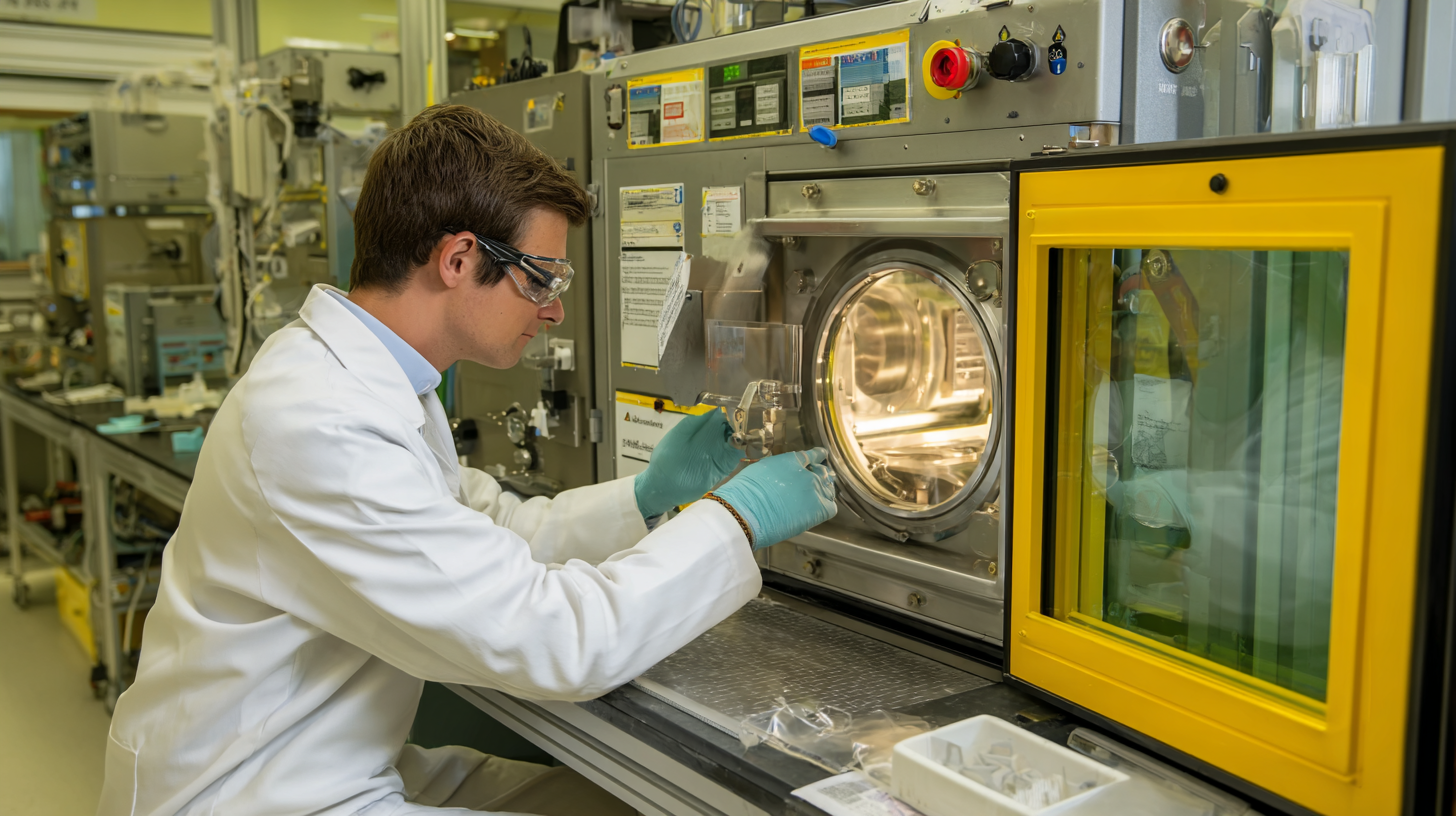
Single-station series vacuum glove boxes are pivotal in innovative research applications, particularly in environments that require controlled atmospheres. These specialized enclosures allow researchers to handle sensitive materials safely while maintaining an inert atmosphere. The functionality of these glove boxes revolves around their ability to create a vacuum or an inert gas environment, protecting samples from moisture and reactive gases. This feature is essential for conducting experiments that demand precision and uncontaminated conditions, making them invaluable in fields such as materials science, chemistry, and pharmaceuticals.
Tip: When working with a single-station series vacuum glove box, ensure that all necessary tools and materials are prepped outside the box to minimize the time the chamber remains open. This reduces the risk of contamination and maintains the integrity of the controlled atmosphere.
Moreover, the design of single-station glove boxes enhances user accessibility, allowing researchers to perform tasks efficiently without compromising safety. They often come equipped with features such as built-in filtration systems and gas purging capabilities, which further optimize their effectiveness in maintaining the desired environment. As the demand for innovative research continues to grow, understanding the functionality of these glove boxes becomes increasingly essential for achieving successful outcomes in experiments.
Tip: Regular maintenance and calibration of the glove box's systems can help ensure optimal performance and prolong its lifespan, safeguarding your research investments.
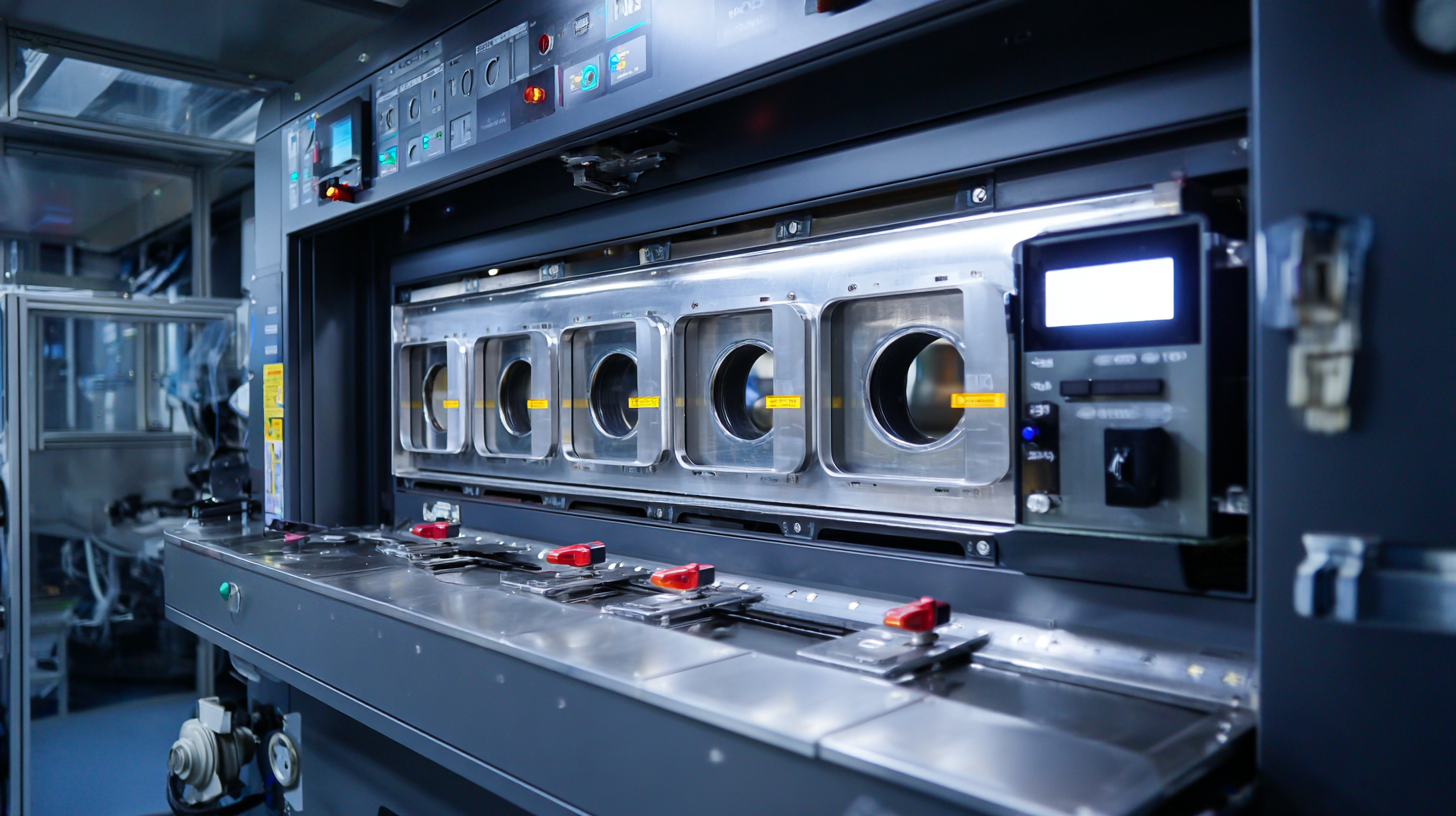
Vacuum glove boxes are becoming increasingly popular in innovative research due to their ability to maintain a controlled environment while handling sensitive materials. Recent data indicates that the effectiveness of these systems has led to a 30% increase in efficiency for laboratories handling air-sensitive compounds. By creating an inert atmosphere, researchers can significantly mitigate contamination risks, which is critical for experiments involving highly reactive chemicals. This enhanced laboratory environment not only extends the lifespan of materials but also improves the overall reliability of experimental results.
Moreover, single-station series vacuum glove boxes offer a unique advantage for specialized research applications. According to a report from the International Society for Laboratory Automation and Screening (ISLAS), implementing vacuum glove boxes has shown a 25% reduction in experimental turnaround time. This efficiency allows scientists to conduct multiple iterations of experiments within a shorter time frame, fostering innovation. The precise control over atmospheric conditions enables researchers to explore novel compounds, paving the way for advancements in fields like materials science and pharmaceuticals. As the demand for high-quality research escalates, the role of vacuum glove boxes in laboratory settings is poised to expand further.
| Research Application | Advantage of Vacuum Glove Box | Research Outcome | Efficiency Rating (1-10) |
|---|---|---|---|
| Nanomaterial Synthesis | Inert atmosphere for sensitive materials | Improved yield and purity of nanomaterials | 9 |
| Chemical Reactions | Reduced risk of contamination | Higher reaction efficiency | 8 |
| Biological Experiments | Controlled environment | Enhanced reproducibility of results | 10 |
| Material Characterization | Prevention of oxidation | Accurate structural analysis | 9 |
| Pharmaceutical Development | Isolation from ambient chemicals | Stable drug formulations | 9 |
When implementing single-station series vacuum glove boxes in laboratories, several key considerations must be addressed to ensure optimal performance and safety. First, the selection of appropriate materials is crucial. The glove boxes should be constructed from inert materials that do not react with the substances being handled, thus preventing contamination. Additionally, the integrity of the seals and the quality of the gloves used are vital to maintain an anaerobic or inert environment, particularly when working with sensitive or hazardous materials.
Another important factor is the design and layout of the glove box system. Efficient organization within the workspace can significantly influence the workflow and productivity of researchers. Careful planning should include easy access to tools and materials, minimizing the risk of cross-contamination and delays during experiments. Moreover, implementing robust monitoring systems to track pressure levels and the integrity of the system is essential. Consistent maintenance checks and user training will further enhance the safety and effectiveness of using series vacuum glove boxes in innovative research applications.
The efficiency of single-station series vacuum glove boxes can be significantly enhanced through several optimization techniques tailored for innovative research applications. One key approach involves the careful selection of materials and components that minimize contamination risks while maximizing the integrity of the vacuum environment. Employing advanced polymer seals and high-performance vacuum pumps can substantially improve the system's vacuum levels, enhancing the reliability of sensitive experimental conditions.
Additionally, the implementation of automated monitoring systems plays a crucial role in optimizing glove box performance. Real-time data analytics can be utilized to monitor pressure, gas composition, and any potential leaks within the glove box. By integrating these technologies, researchers can quickly address any deviations from ideal conditions, thus ensuring consistent and reproducible results. Furthermore, regular maintenance schedules and system calibrations should be established to prolong the lifespan and efficiency of the glove boxes, thereby supporting a wide array of innovative research projects.
The application of single-station series vacuum glove boxes has proven to be transformative in various research settings. A noteworthy case study involves the use of vacuum glove boxes in the development and implementation of innovative endoscopic techniques such as endoscopic vacuum therapy (EVT) and over-the-scope clips (OTSC) for treating upper gastrointestinal tract perforations. These glove boxes provide a controlled environment, safeguarding sensitive materials during the experimentation phases, enabling researchers to enhance defect closure techniques and explore novel treatment options.
Another remarkable application is seen in the development of improved vaccine refrigeration technologies. Utilizing vacuum glove boxes, researchers have successfully created refrigeration boxes with open-cell microporous polyurethane vacuum insulation panels. These advancements enable significantly prolonged thermal insulation times when compared to conventional methods. This innovation is vital for maintaining vaccine stability during storage and transport, especially in remote or resource-limited settings where consistent temperatures are crucial for efficacy. The successful integration of vacuum glove boxes into these research applications exemplifies their critical role in advancing scientific knowledge and medical therapies.
